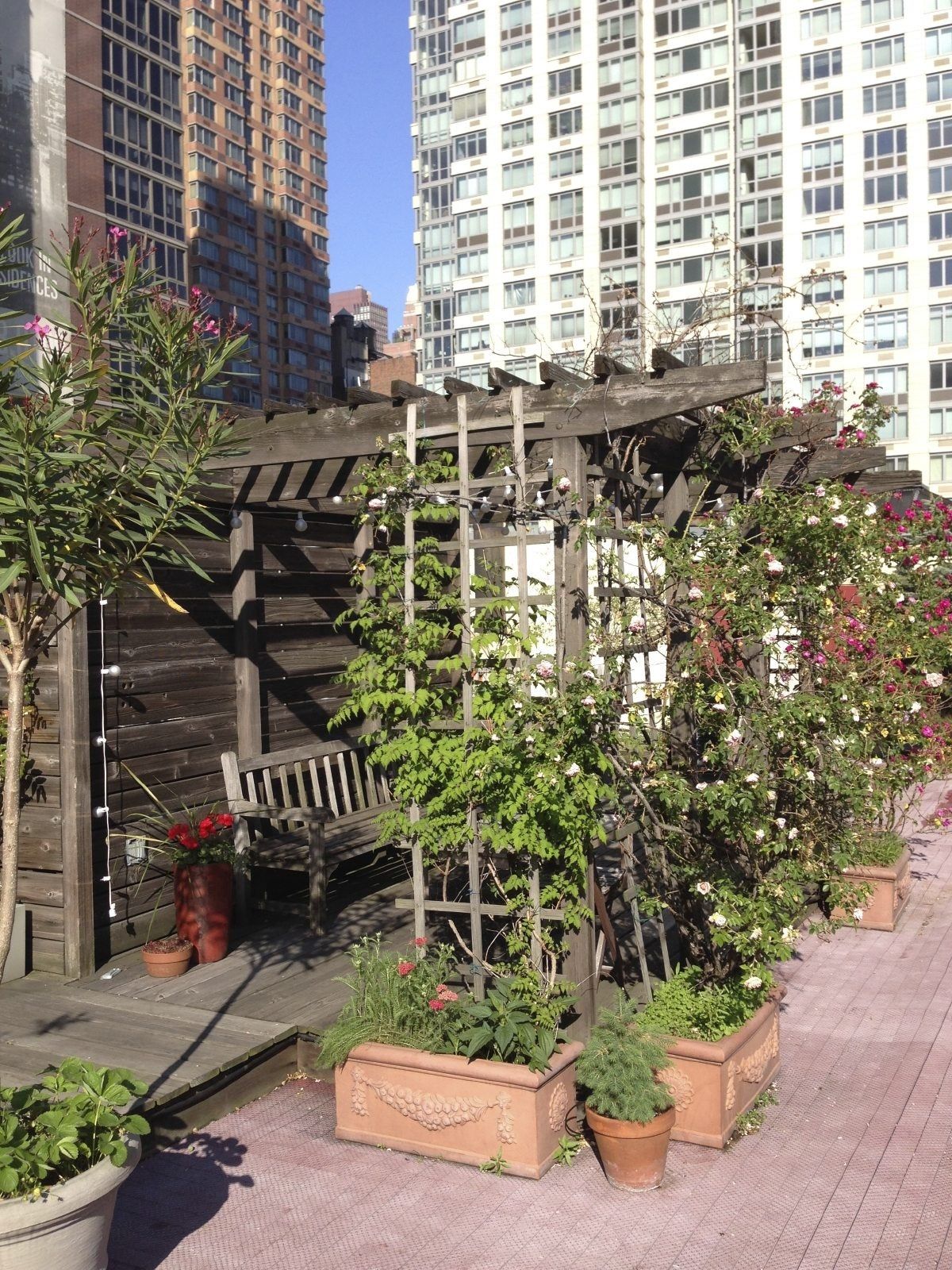The 45-Second Trick For City Blooming
The 45-Second Trick For City Blooming
Blog Article
Getting The City Blooming To Work
Table of ContentsWhat Does City Blooming Mean?Get This Report about City Blooming7 Simple Techniques For City BloomingLittle Known Questions About City Blooming.What Does City Blooming Mean?
Interested in expanding food up for sale in the City of Chicago? Considering starting an area garden? Modifications to the Chicago Zoning Statute enable agricultural uses like neighborhood yards and urban ranches in numerous parts of the city. Below is a list of often asked questions pertaining to the regulations and regulations that farmers should take into consideration when planning a city farming task.
The zoning amendment does not modify any kind of various other codes dealing with composting, building authorizations, purchasing or leasing City owned building, service licenses or ecological contamination. There are existing codes that control these concerns and they stay completely impact and might be relevant to your project. Area yards are generally owned or managed by public entities, civic companies or community-based companies and preserved by volunteers.
Urban farms expand food that is meant to be sold, either on a nonprofit or for-profit basis. Due to their business objective, metropolitan farms require a business certificate.
The 8-Second Trick For City Blooming
Composting is permitted however just for plant material that is produced and made use of on website. The amount of garden compost material can not go beyond 25 cubic lawns at any given time according to the criteria in 7-28-715 of the City's Municipal Code. Yes. Since the soil at a lot of new garden websites needs changing, garden compost, dirt, timber chips, or various other products can be acquired to build or boost the expanding room - container and raised bed gardening etc..

If a structure license is called for after that the hoophouse will be considered an accessory building. You can figure out even more about the building license requirements by getting in touch with the Division of Structures. The 25,000-square-foot dimension limit is intended to avoid a single community yard from controling a given block or diminishing the block's existing residential or industrial character.
The limit does not apply to yards located in Public Open Room (POS) areas. Can there be greater than one community garden that is 25,000 square feet on a single block? Yes. The size limitation puts on specific gardens, not to private blocks. No. Fencing is not needed, nevertheless, yards that have large vehicle parking areas might be called for to set up secure fencing or other landscaping functions.
The Facts About City Blooming Uncovered
B1 & B2 areas call for that all business usage tasks be carried out inside your home. Is secure fencing needed for urban ranches? Fences may be needed, along with landscaping and screening, for specific car parking areas and exterior job or storage space locations depending on area and the specific activity taking location.
Yes. Urban ranches require building licenses and zoning approvals prior to building. Other forms of city evaluation may be needed relying on certain structures, activities, dimension, landscape design, licensing, public health and stormwater monitoring concerns. Most of these needs are recognized in the task style or permitting process, nevertheless, the applicant might be liable to individually identify particular licenses or allows that might be needed.
Yes. The sort of certificate is identified by what is happening at the site. The Department of Organization Matters and Consumer Security can aid figure out the specific type of organization license that's needed. Yes. Off street car park is needed for most commercial projects in Chicago. The image source needed variety of parking areas is based on the variety of staff members dealing with website and not the square video footage of the expanding space.
City Blooming Things To Know Before You Get This

Yes. An urban farm can market garden compost product generated on site, nevertheless, the operation should abide by the laws in 7-28-715 of the Chicago Municipal Code. Yes. Aquaponic systems are permitted inside your home on metropolitan ranches in many zoning districts. Nonetheless, a zoning review and building license is called for in order to set up frameworks or systems and a company permit is called for as described over.
Approximately five hives or nests of honey may be maintained as an accessory use. Beekeepers should sign up with the Illinois Division of Farming. To learn more about the recommended zoning modification you might speak to the Department of Housing and Economic Development, Bureau of Preparation and Zoning at 312.744.8563.
, which takes place in rural locations at the edge of suburban areas.
The smart Trick of City Blooming That Nobody is Talking About
It can entail a movement of natural farmers, "foodies" and "locavores", who seek to form social networks based on a common values of nature and community holism. These networks can develop using formal institutional support, ending up being integrated right into local town as a "change community" movement for lasting urban advancement.
The much more straight access to fresh veggie, fruit, and meat items that might be know through metropolitan farming can improve food security and food security while reducing food miles, resulting in lower greenhouse gas emissions, therefore contributing to environment modification reduction. Some of the initial proof of urban agriculture comes from Mesopotamia.
Report this page